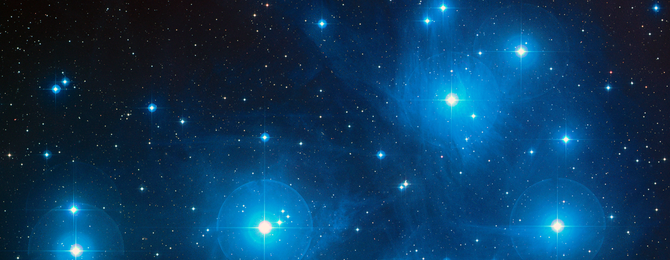
© NASA / ESA / AURA / Caltech
In the northern sky in December is a beautiful cluster of stars known as the Pleiades, or the "seven sisters". Look carefully and you will probably count six stars. So why do we say there are seven of them?
Many cultures around the world refer to the Pleiades as "seven sisters", and also tell quite similar stories about them.
After studying the motion of the stars very closely, we believe these stories may date back 100,000 years to a time when the constellation looked quite different.The sisters and the hunterIn Greek mythology, the Pleiades were the seven daughters of the Titan
Atlas. He was forced to hold up the sky for eternity, and was therefore unable to protect his daughters. To save the sisters from being raped by the hunter
Orion, Zeus transformed them into stars. But the story says one sister fell in love with a mortal and went into hiding, which is why we only see six stars.
A similar story is found among Aboriginal groups across Australia. In many Australian Aboriginal cultures, the Pleiades are a group of young girls, and are often associated with sacred women's ceremonies and stories. The Pleiades are also important as an element of Aboriginal calendars and
astronomy, and for several groups their first rising at dawn marks the start of winter.
Close to the Seven Sisters in the sky is the constellation of Orion, which is often called "the saucepan" in Australia. In Greek mythology Orion is a hunter. This constellation is also often a hunter in Aboriginal cultures, or a group of lusty young men. The writer and anthropologist
Daisy Bates reported people in central Australia regarded Orion as a "hunter of women", and specifically of the women in the Pleiades. Many Aboriginal stories say the boys, or man, in Orion are chasing the seven sisters - and one of the sisters has died, or is hiding, or is too young, or has been abducted, so again only six are visible.
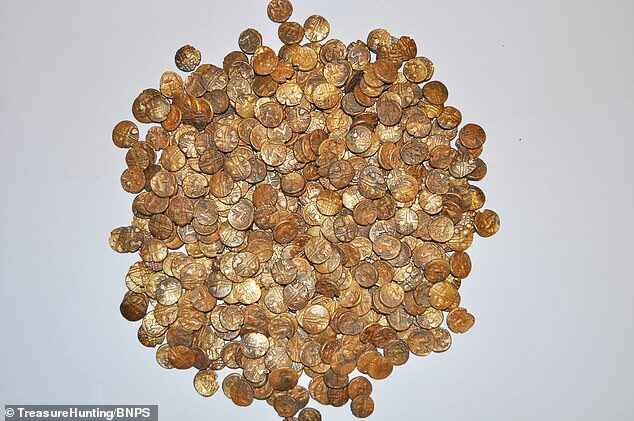
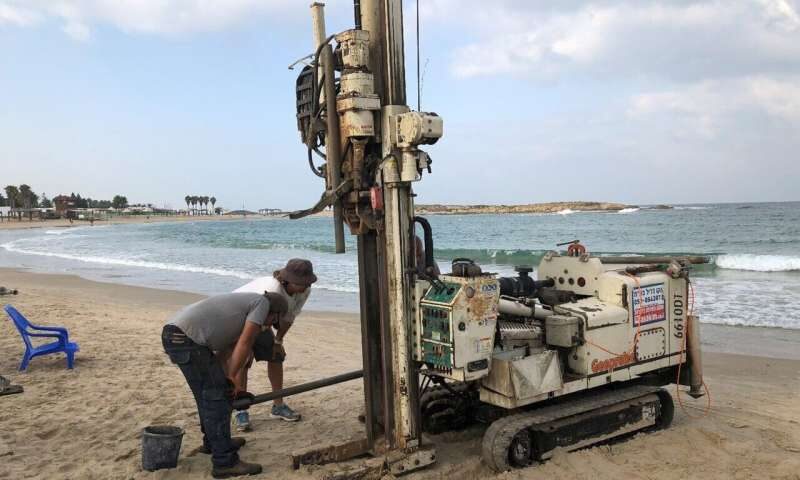
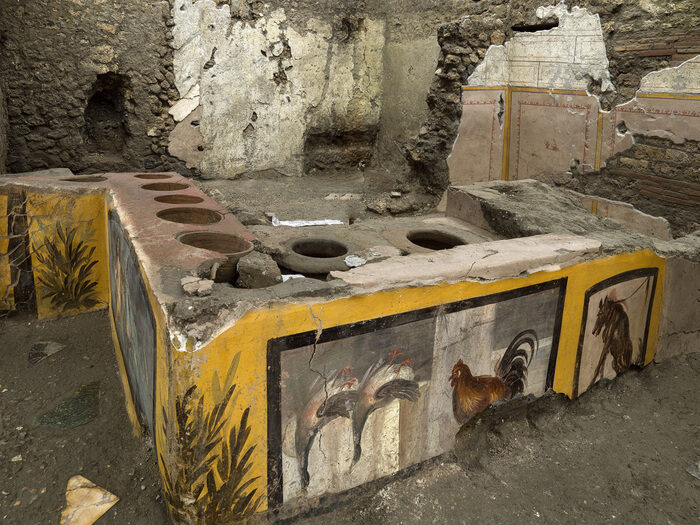
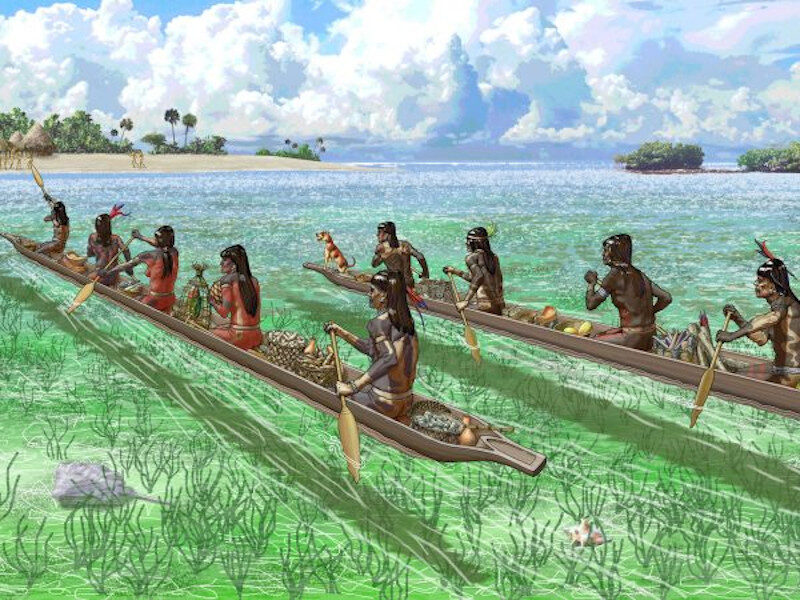

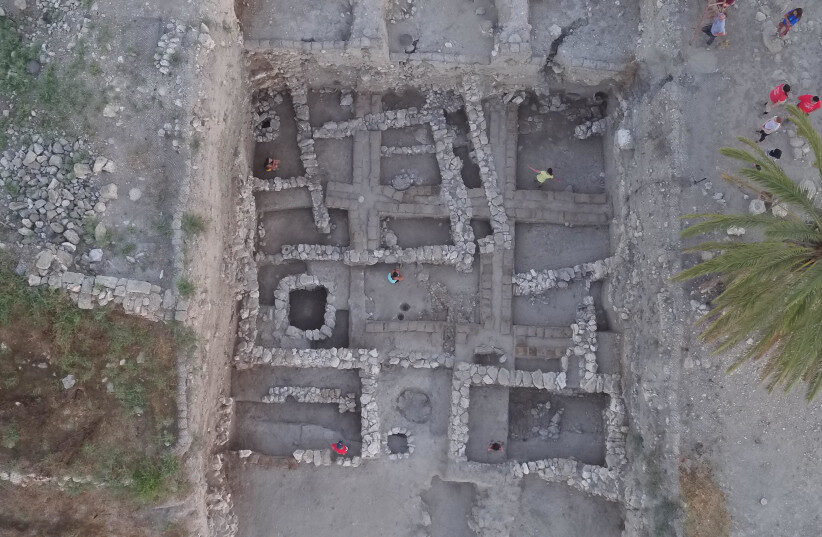
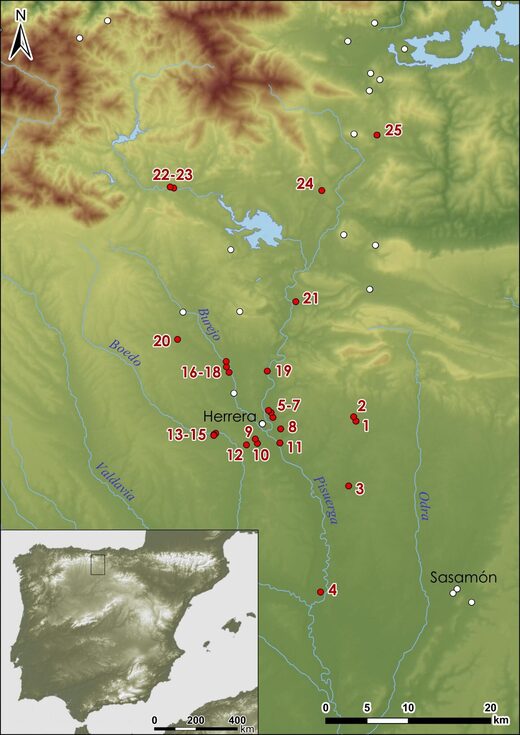

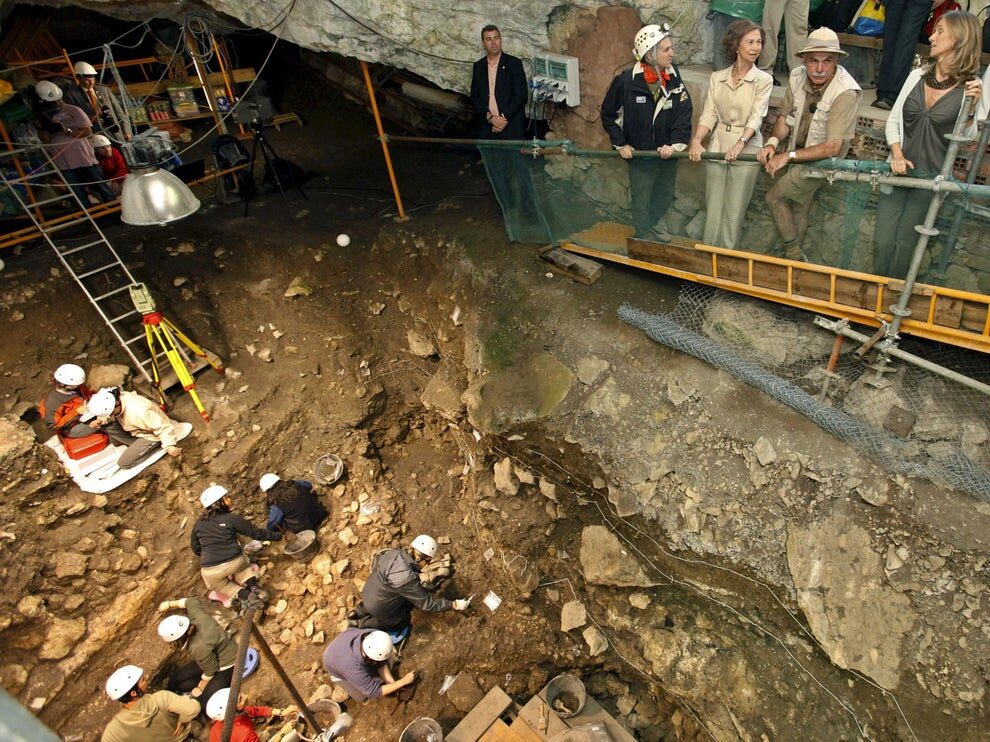




Comment: See also: